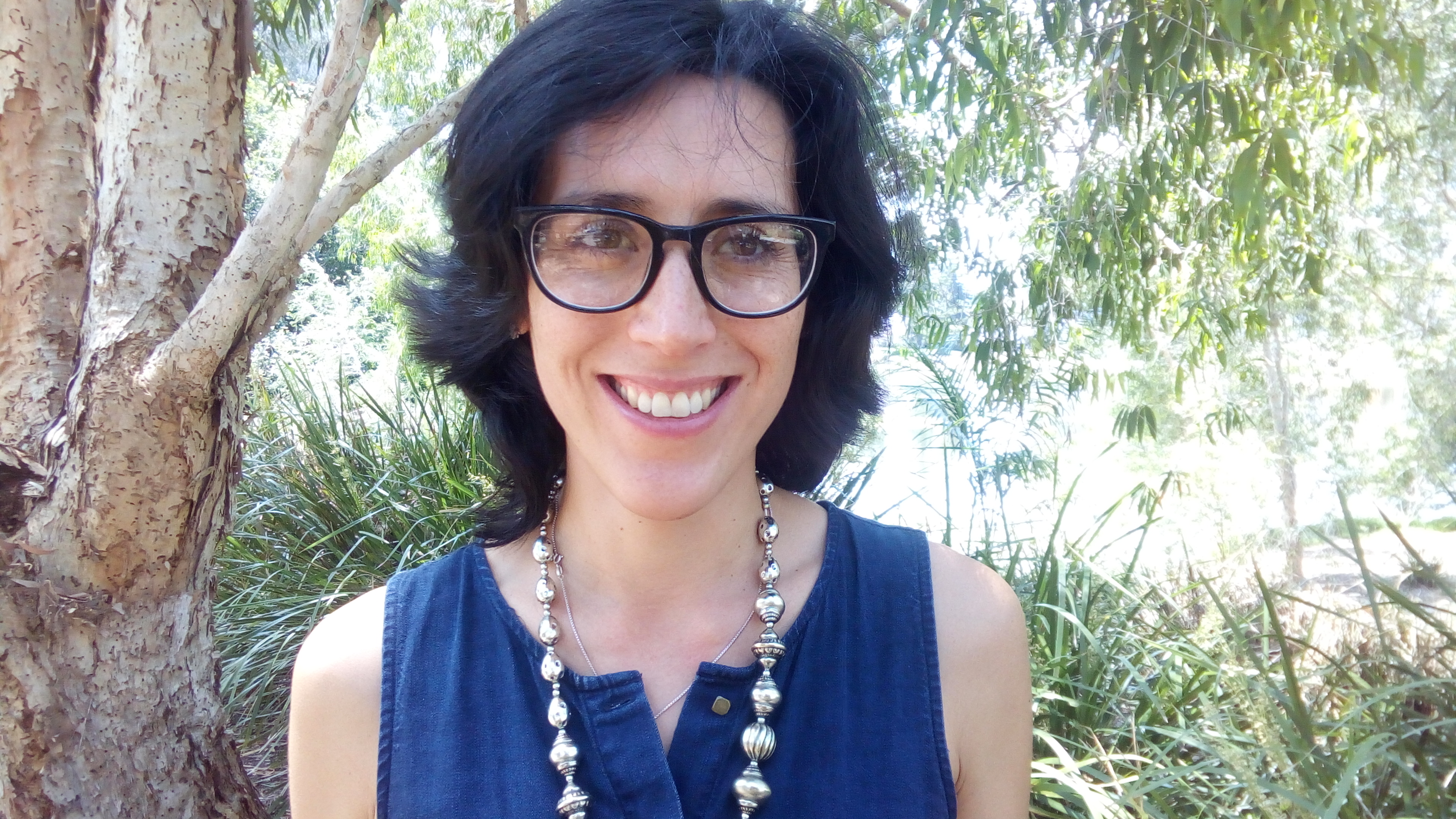State and local government targets to get people out of cars and into more active transport would reduce heart disease and diabetes by tens of thousands of cases.
 University of Queensland researchers have evaluated Brisbane’s active travel targets for 2026, which aim to achieve a split of 15 per cent for walking, five per cent for cycling and 14 per cent for public transport.
University of Queensland researchers have evaluated Brisbane’s active travel targets for 2026, which aim to achieve a split of 15 per cent for walking, five per cent for cycling and 14 per cent for public transport.
School of Public Health PhD candidate Belen Zapata-Diomedi found there would be substantial health improvements if the targets were achieved.
“In Australia, 57 per cent of adults do not meet national physical activity guidelines, but we found that investing in active travel is a feasible strategy for improving population health,” she said.
The study involved researchers from UQ, the University of Cambridge and QUT, and was conducted through the National Health and Medical Research Council Centre of Research Excellence in Healthy, Liveable and Equitable Communities.
Findings showed 82 per cent of adults’ weekday travel was by private car, but reducing that figure to 66 per cent would result in significant health benefits.
“In effect, Brisbanites would enjoy about 33,000 cumulative healthy life years that they would not have otherwise, by lowering risks of diseases related to physical inactivity.”
 Healthy life years are estimated as years of life lived adjusted for disease-related quality of life.
Healthy life years are estimated as years of life lived adjusted for disease-related quality of life.
“We found that increasing active travel would reduce cases of heart disease by 45,000 and type 2 diabetes by 90,000 over the lifetime of adults living in Brisbane in 2013,” she said.
Figures showed stroke (14,000 fewer cases), colon cancer (20,000) and breast cancer (13,000) would also be significantly reduced.
The study showed small negative impacts in the cases of increased exposure to air pollution and road injuries for people taking part in active travel, but these impacts were negated by the overall health benefits.
Active transport targets were set by the Brisbane City Council’s Brisbane Active Transport Strategy 2012-2026 and and the State Government’s Connecting SEQ 2031 – An integrated Regional Transport Plan for South East Queensland.
The findings from this study support continued investment in infrastructure for walking, cycling and public transport.
The study is published in PLOS ONE.
Media: Belen Zapata-Diomedi b.zapatadiomedi@uq.edu.au +61 415 496 600. Sam Benger s.benger@uq.edu.au +61 7 3365 5118



